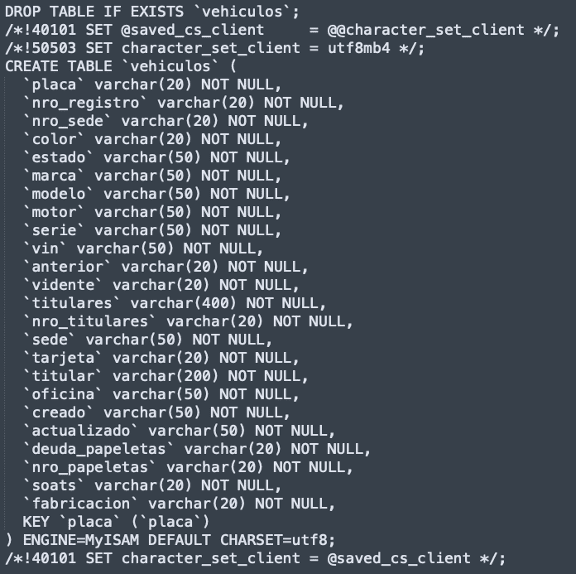In an era where digital integration is pervasive, cybersecurity crisis and the threat of cybersecurity breaches has emerged as a formidable challenge, impacting millions across the globe. Recent posts of potential breaches involving EsSalud, Movistar Perú, and Sunarp serve as a stark reminder of these risks, highlighting the critical vulnerabilities within our digital infrastructure.
While Peru’s situation is merely one example that has come to light, the recent acknowledgment of the AT&T breach underscores that this is a widespread issue, affecting countries globally and leaving us, the citizens, feeling increasingly vulnerable to these digital incursions.
EsSalud, a key player in healthcare, potentially saw 3.3 million records exposed, revealing sensitive information such as sex, age, date of birth, address, national ID, and phone number. This breach, dating back to 2021, exemplifies the long-lasting impact of cybersecurity incidents.


According to another threat actor who got access to Movistar Perú, 5 million records including phone numbers, email, national ids, and full names were exposed in a different channel.

Sunarp, the national registry responsible for managing public records in Peru, was potentially another victim of such cyber-attacks, with a significant breach compromising 4 million records until 2019. This breach disclosed a vast array of personal data, encompassing vehicle identification numbers (VINs), owners’ full names, vehicle descriptions, brands, and fabrication dates, thus highlighting the extensive range of personal information that’s vulnerable.

These breaches occur against a backdrop of significant political and social unrest in Peru. The country has been grappling with almost daily protests and political turmoil since December 2021, following the impeachment of President Pedro Castillo Terrones. This political crisis, marked by demands for new general elections and allegations of illegitimacy against President Dina Boluarte Zegarra, has plunged Peru into a state of unrest, affecting its economy, and potentially impacting regional stability (Council on Foreign Relations) (Al Jazeera) (Eurasia Review).
Threat actors can exploit the vast amounts of personal information exposed by these breaches in several ways. From identity theft, creating fraudulent identities using the detailed personal information available, to targeted phishing campaigns that leverage the specific data points to trick individuals into revealing more information or making payments. Moreover, the exposure of such detailed personal records can facilitate more sophisticated scams, including loan fraud or the creation of fake documents for illegal activities.
To mitigate the risks posed by such breaches, individuals should take proactive steps, including monitoring financial accounts for unauthorized transactions, using credit freezes to prevent unauthorized credit checks, and being vigilant against phishing attempts. Organizations must also bolster their cybersecurity measures, and robust data protection policies to safeguard against future breaches.
In the digital age, the interplay between cybersecurity and political stability is increasingly apparent, with the potential to affect not just individual privacy but also national security and economic prosperity.




